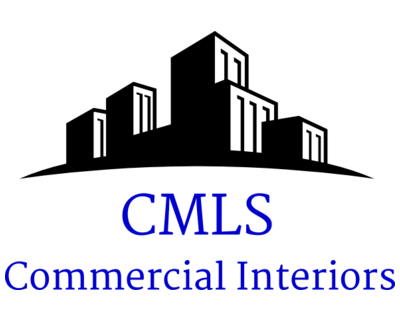Office workspace design has evolved enormously over the years, and contemporary offices tend to favour collaborative workspaces. The days of every office being populated solely by rows of cookie-cutter cubicles are long gone; today’s workspaces are flexible and customised to meet the unique needs of each business and team.
There are so many different types of workspace design that business owners and managers can avail of to support their teams for utmost motivation, creativity, productivity, and satisfaction. By hiring the right commercial fit-out companies and office interior designers near you, your premises can be designed and brought to life for a more positive work environment, happier employees, and better business outcomes.
The Modern Office Workspace
Businesses are diverse and so are their needs. Some offices need to accommodate just a handful of employees; others must meet the needs of dozens. This can mean anything from having several small workstations to a huge meeting room – and even, in some cases, those traditional individual cubicles. No matter which type of space/s your business requires, it requires considered design, planning, and optimisation for your workforce.
9 Types of Office Workspaces
- Assigned Workspace
This is a work area that is assigned to a single team member. It could be a desk, cubicle, office, or specific place at a collaborative table; each team member has their own dedicated space that may be personalised (depending on the company’s culture).
- Shared Workspace
This is a flexible seating model that’s more common in the post-COVID hybrid work scenario. Rather than each worker having their dedicated workspace, staff share and rotate around workstations as they are available. The workspace will not become personalised and likely remain less cluttered.
- Desk vs Cubicle
The main difference between desks and cubicles is the presence of office partitioning with the latter. Desks are suited to open-plan offices, while cubicles offer privacy within open spaces – and they continue to have a valuable place in the modern office layout.
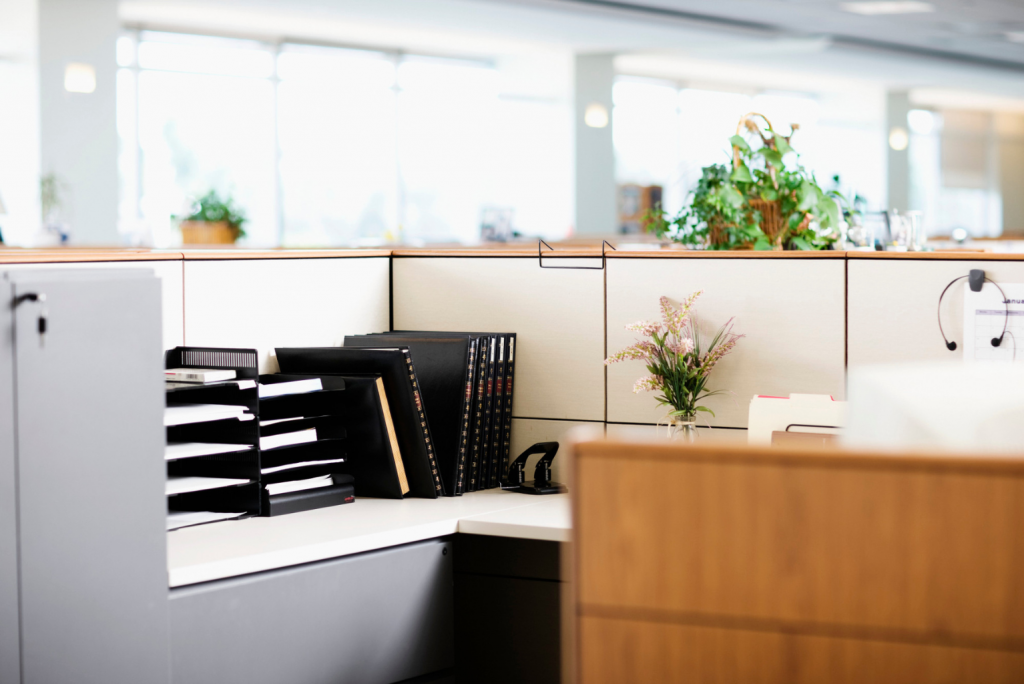
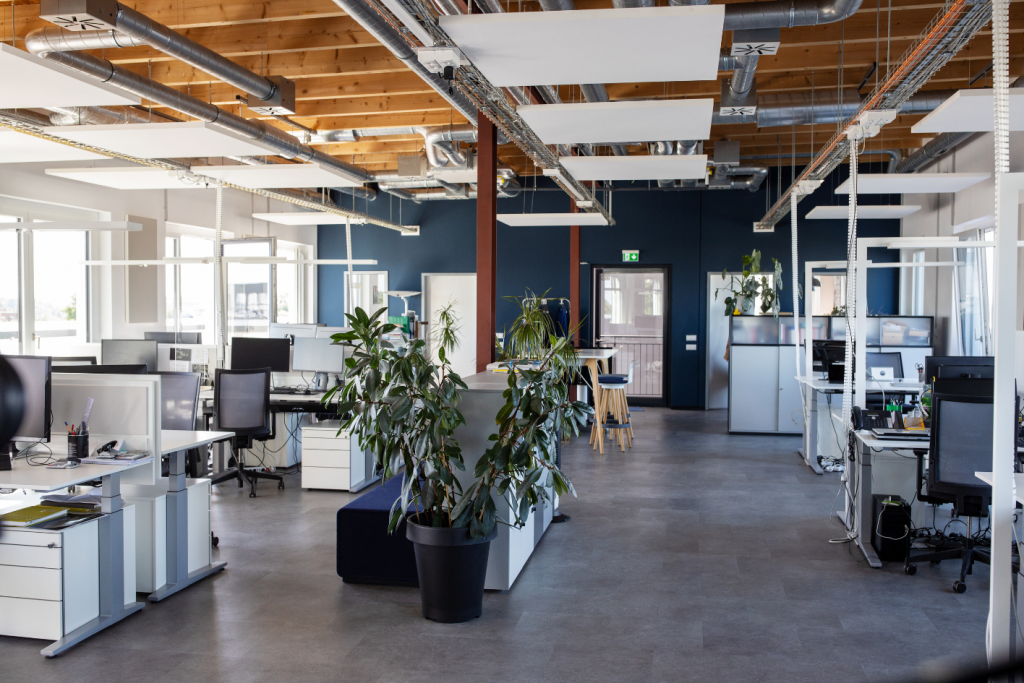
- Private Office
Many workplaces require that at least some employees (and certainly managers) have a private office space. These include legal firms, medical specialists, accountants, and anywhere confidential consultations or meetings occur. These are usually assigned to a single occupant.
- Conference Room
These enable formal and informal meetings, collaboration, seminars, certain types of training, and conferencing. While a large table surrounded by numerous chairs comes first to mind, numerous other design options for these spaces can be very effective.
- Huddle Room
An emergent feature of hybrid office design, huddle rooms are a modest alternative to conference rooms. They accommodate a small number of people (often six) for informal meetings, brainstorming sessions, and more.
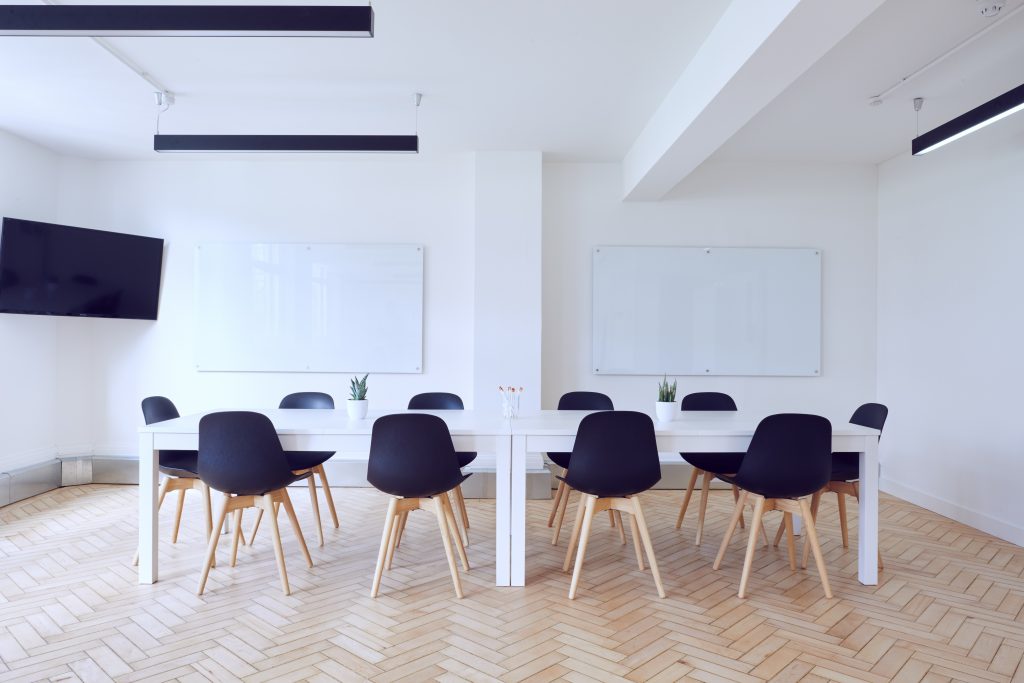
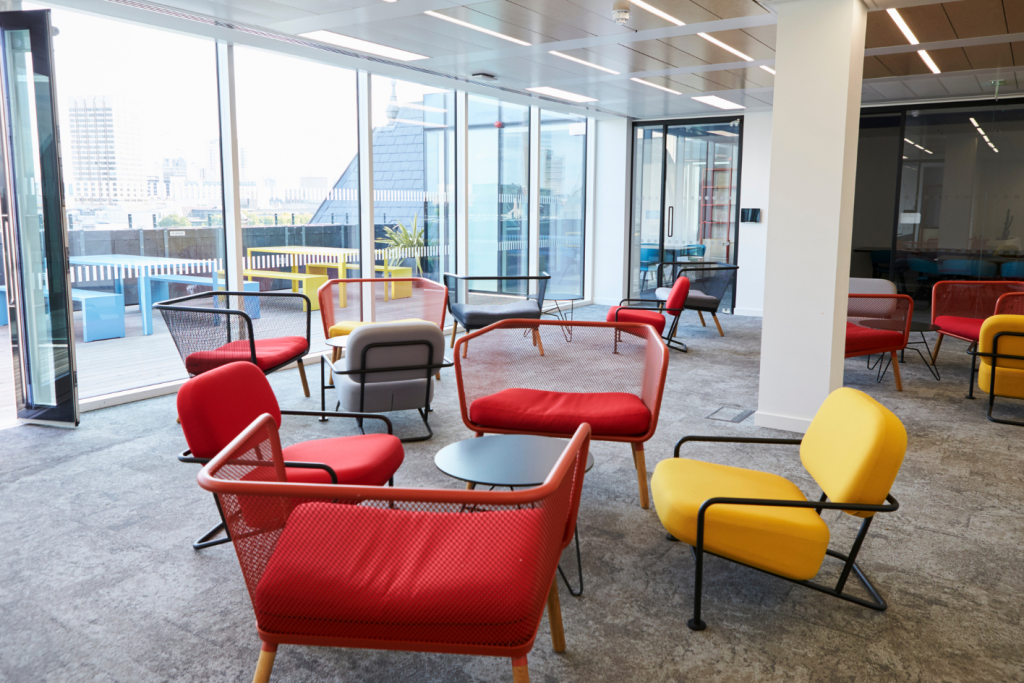
- Quiet Nook
This is a small workspace enabling workers to take time away from open, noisy, or collaborative work areas to work undisturbed in peace and quiet.
- Breakout Space/Wellness Room
A breakout space is an informal area, often with soft seating, that allows employees to engage in spontaneous collaboration and casual workplace socialisation. Offering employees these opportunities is shown to improve employee satisfaction, inspiration, motivation, engagement, and performance at work.
- Break Room/Kitchen
Including an office kitchen and break room (or “tea room”) can be very beneficial for the workplace – for staff wellbeing and satisfaction, as well as to encourage employees to build relationships with each other during their breaks.
Other types of spaces to consider (depending on your type of business and your workforce) may include a copy room, wellness room, outdoor space, fun zone, or even napping pods!
We Can Help!
CMLS Commercial Interiors is among the top commercial fit-out companies in Sydney, Parramatta, and Penrith. We have worked with many diverse commercial and corporate businesses to bring their visions to life and create optimised, functional, stylish, and inspiring spaces to suit every need.
